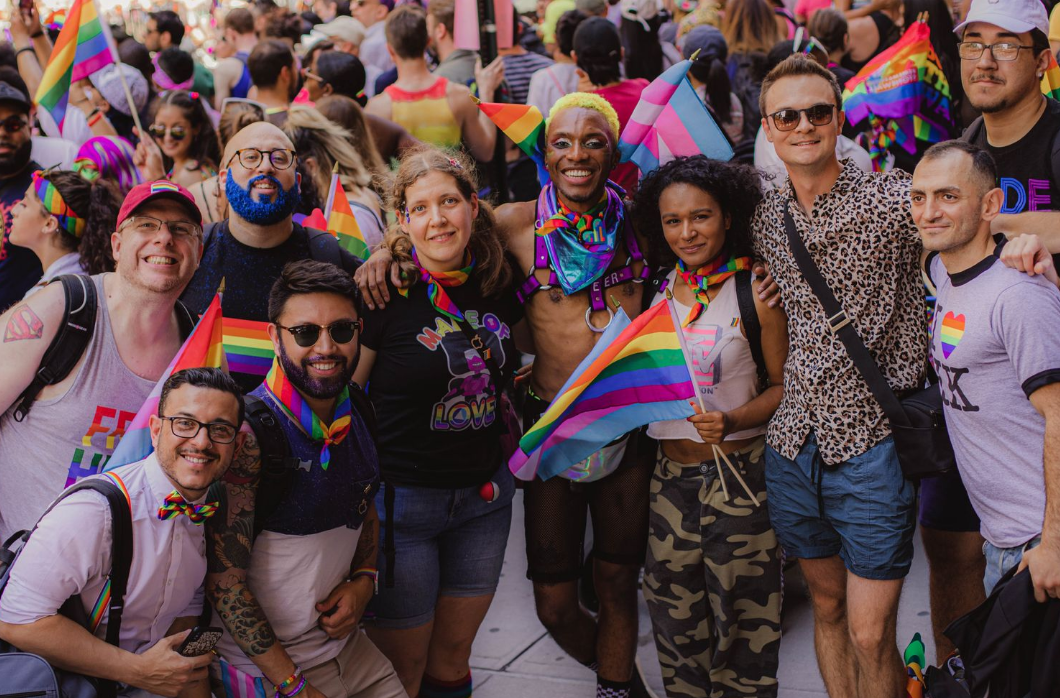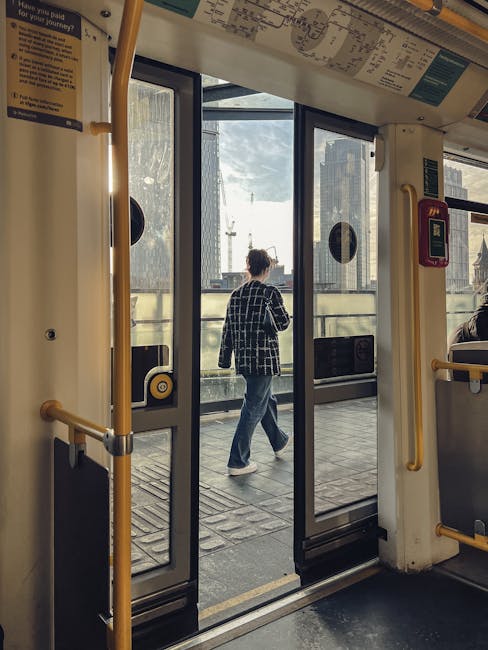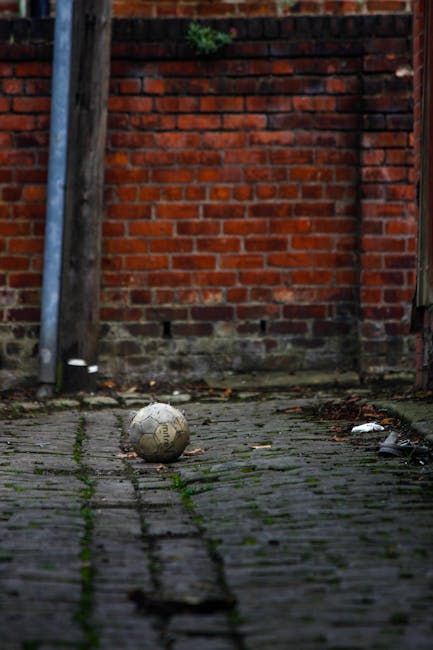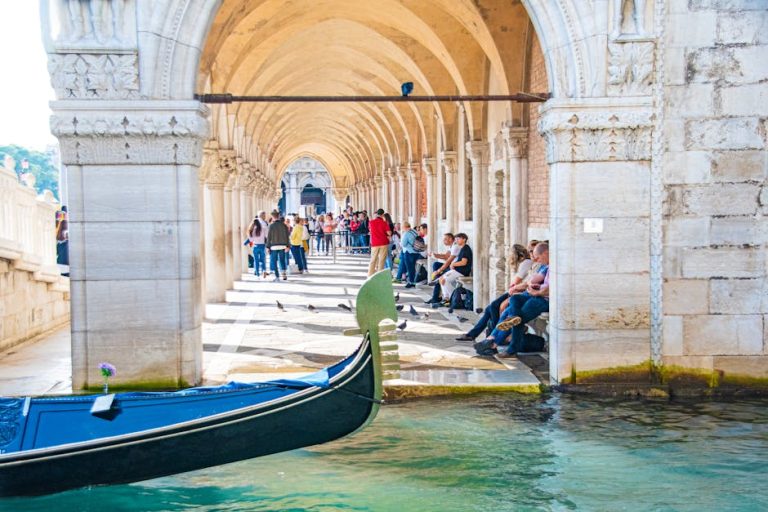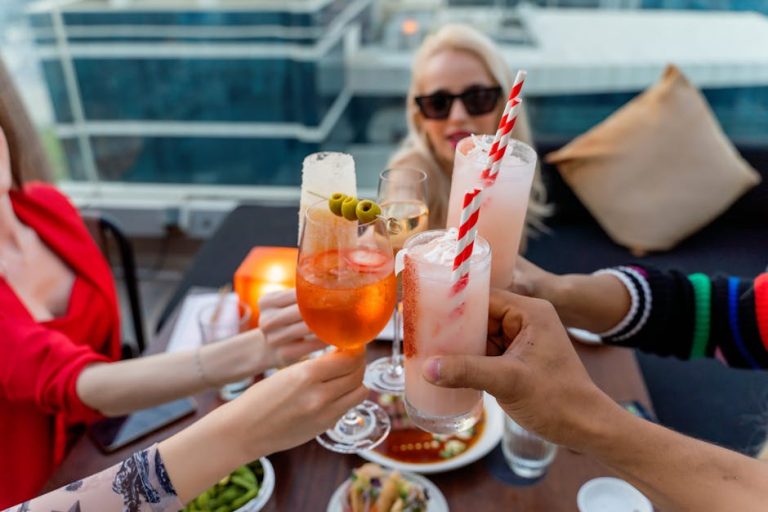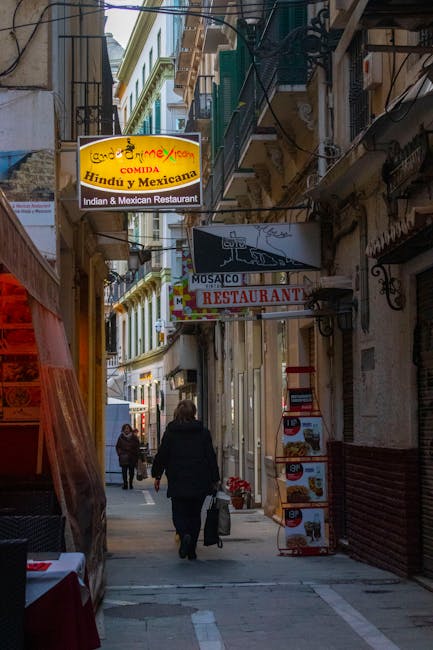How Manchester Became a Hub for LGBTQ+ Culture
Manchester, a city in the northwest of England, is renowned for its rich history, vibrant music scene, and dynamic cultural landscape. Among its many attributes, Manchester stands out as a beacon of LGBTQ+ culture and inclusivity. But how did this city become such a significant hub for the LGBTQ+ community? This blog post delves into the historical, social, and cultural factors that have contributed to Manchester’s reputation as a welcoming and progressive city for LGBTQ+ individuals.
The Historical Roots of LGBTQ+ Culture in Manchester
Understanding Manchester’s emergence as an LGBTQ+ hub requires a look back at its history. The city’s journey toward becoming a safe haven for the LGBTQ+ community began long before the modern LGBTQ+ rights movement took shape.
Early LGBTQ+ Presence
Manchester’s LGBTQ+ history dates back to the Victorian era. The city was home to a burgeoning gay subculture during the 19th century, with discrete meeting places and social circles forming in response to societal repression.
One of the earliest documented instances of LGBTQ+ activism in Manchester was the formation of the Manchester Society for Women’s Suffrage in the late 19th century. This organization included many women who identified as lesbian or bisexual, highlighting the intersectionality between the women’s rights and LGBTQ+ rights movements.
The 20th Century: Breaking Taboos
In the 20th century, Manchester saw a gradual but significant shift in attitudes toward LGBTQ+ individuals. The post-World War II era brought increased visibility and activism within the community. In the 1950s and 1960s, Manchester became a refuge for LGBTQ+ individuals seeking acceptance and freedom from persecution. The infamous “Canal Street” began to emerge as a focal point for the LGBTQ+ community, laying the groundwork for what would become one of the most famous gay villages in the world.
Manchester’s Gay Village: A Cultural Epicenter
No discussion of Manchester’s LGBTQ+ culture would be complete without mentioning the Gay Village. Located along Canal Street, the Gay Village has become synonymous with LGBTQ+ life in Manchester.
The Rise of Canal Street
Canal Street’s transformation into a vibrant LGBTQ+ district began in the 1990s. The area, previously known for its industrial heritage, underwent a renaissance as bars, clubs, and restaurants catering to the LGBTQ+ community started to flourish. The opening of iconic venues like Manto and New Union played a pivotal role in establishing Canal Street as a safe and welcoming space for LGBTQ+ individuals.
Today, Canal Street is a bustling hub of activity, offering a diverse array of entertainment options, from lively nightclubs to cozy cafes. The area’s annual events, such as Manchester Pride, draw thousands of visitors from around the world, further solidifying its reputation as an LGBTQ+ cultural epicenter.
Manchester Pride: A Celebration of Diversity
One of the most significant contributors to Manchester’s status as an LGBTQ+ hub is the annual Manchester Pride festival. This event celebrates LGBTQ+ culture, raises awareness about important issues, and fosters a sense of community and belonging.
The Evolution of Manchester Pride
Manchester Pride has a rich history dating back to the late 1980s when it began as a small, grassroots event. Over the years, it has grown exponentially, becoming one of the largest and most well-known LGBTQ+ festivals in the world. The festival now spans several days and includes a colorful parade, live music performances, cultural exhibitions, and educational workshops.
Statistics show the impact of Manchester Pride on the city’s LGBTQ+ community and its economy. In 2019, the festival attracted over 170,000 attendees, contributing an estimated £34 million to the local economy. Such numbers underscore the significance of the event in promoting inclusivity and supporting local businesses.
Supportive Infrastructure and Initiatives
Manchester’s commitment to LGBTQ+ inclusivity extends beyond its vibrant cultural scene. The city has implemented various initiatives and infrastructure to support the LGBTQ+ community.
Inclusive Policies and Legislation
Manchester City Council has been at the forefront of promoting LGBTQ+ rights. The council has enacted policies that protect LGBTQ+ individuals from discrimination and ensure equal access to services. These measures have created a more inclusive and supportive environment for LGBTQ+ residents and visitors.
Community Organizations
Numerous community organizations in Manchester work tirelessly to support the LGBTQ+ community. Organizations like The LGBT Foundation provide essential services, including health and wellbeing support, counseling, and advocacy. These organizations play a crucial role in addressing the unique challenges faced by LGBTQ+ individuals and fostering a sense of belonging.
Cultural Contributions and Representation
Manchester’s LGBTQ+ culture extends beyond its nightlife and events. The city has made significant contributions to LGBTQ+ representation in various forms of media and arts.
Television and Film
Manchester has been the backdrop for several groundbreaking LGBTQ+ television shows and films. The iconic series “Queer as Folk,” which aired in the late 1990s, was set in Manchester’s Gay Village. The show broke new ground in its portrayal of LGBTQ+ characters and issues, earning critical acclaim and a dedicated fanbase.
More recently, the city has continued to serve as a setting for LGBTQ+ storytelling. Productions like “It’s a Sin,” a drama series that explores the impact of the AIDS crisis on the LGBTQ+ community, have further solidified Manchester’s reputation as a hub for LGBTQ+ culture in the media.
Literature and Arts
Manchester’s literary and arts scenes have also embraced LGBTQ+ voices and themes. The city hosts events like the Manchester Literature Festival, which often features LGBTQ+ authors and works. Additionally, local artists and performers contribute to the city’s rich cultural tapestry by exploring LGBTQ+ experiences through their art.
Actionable Tips for Exploring Manchester’s LGBTQ+ Scene
For those looking to experience Manchester’s LGBTQ+ culture firsthand, here are some actionable tips to make the most of your visit:
1. Explore Canal Street
Start your journey in the heart of Manchester’s Gay Village. Canal Street offers a diverse range of bars, clubs, and restaurants to suit every taste. Don’t miss iconic venues like G-A-Y Manchester and Via, where you can enjoy lively entertainment and a welcoming atmosphere.
2. Attend Manchester Pride
If you happen to visit during Manchester Pride, make sure to participate in the festivities. The parade is a highlight, featuring colorful floats and enthusiastic participants. Check the event schedule for live performances, workshops, and cultural exhibitions.
3. Visit LGBTQ+ Landmarks
Explore the city’s LGBTQ+ landmarks, such as the Alan Turing Memorial in Sackville Gardens. Turing, a pioneering mathematician and codebreaker, is celebrated for his contributions and his role as an LGBTQ+ icon.
4. Support Local LGBTQ+ Businesses
Patronize LGBTQ+-owned and -friendly businesses to show your support for the community. From cafes and boutiques to art galleries and theaters, Manchester offers a wide range of LGBTQ+ enterprises to explore.
5. Engage with Community Organizations
Consider getting involved with local LGBTQ+ organizations like The LGBT Foundation. Whether through volunteering, attending events, or making a donation, your support can make a meaningful difference.
Conclusion
Manchester’s transformation into a hub for LGBTQ+ culture is a testament to the city’s resilience, inclusivity, and commitment to diversity. From its historical roots to its vibrant Gay Village and world-renowned Manchester Pride festival, the city offers a welcoming and enriching environment for LGBTQ+ individuals and allies alike. By exploring Manchester’s LGBTQ+ scene and supporting its community, you can contribute to the ongoing celebration of love, acceptance, and equality.
